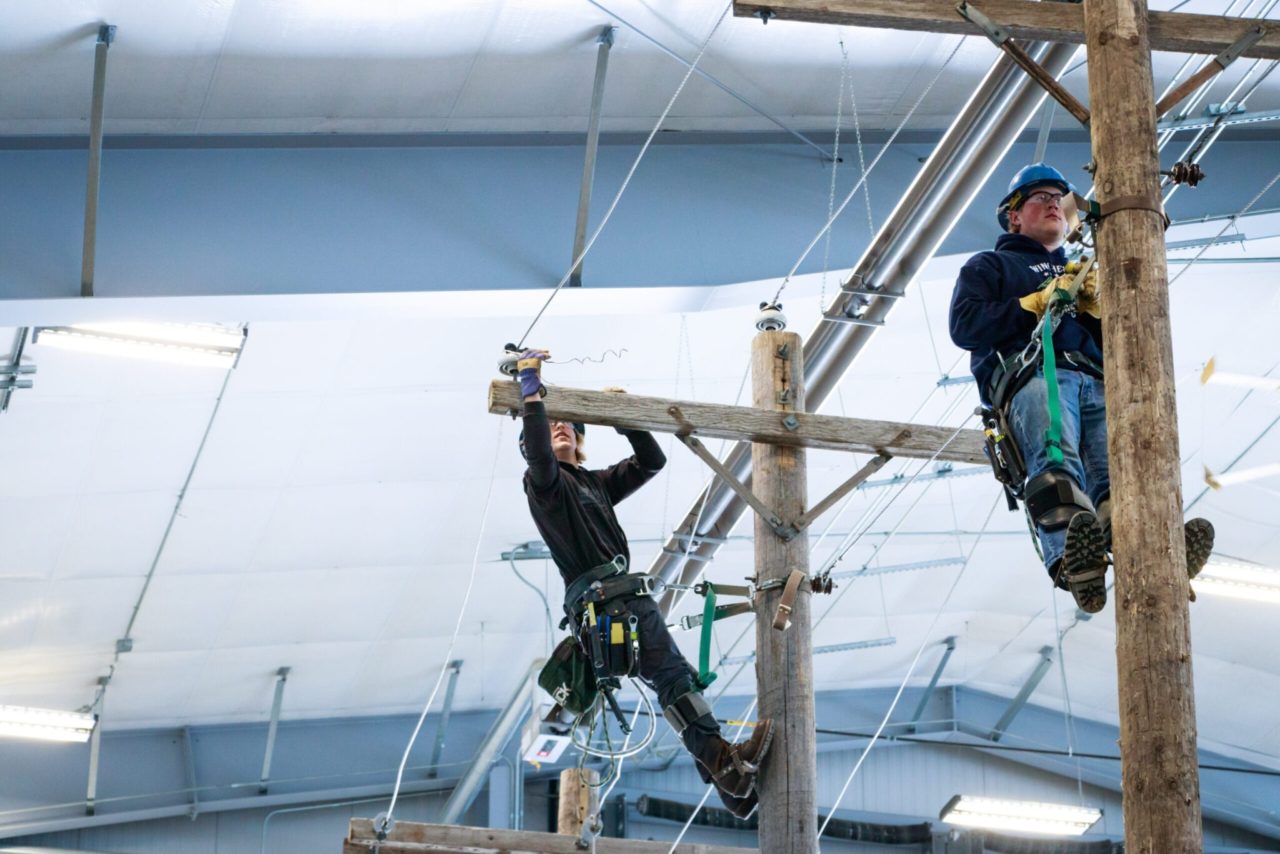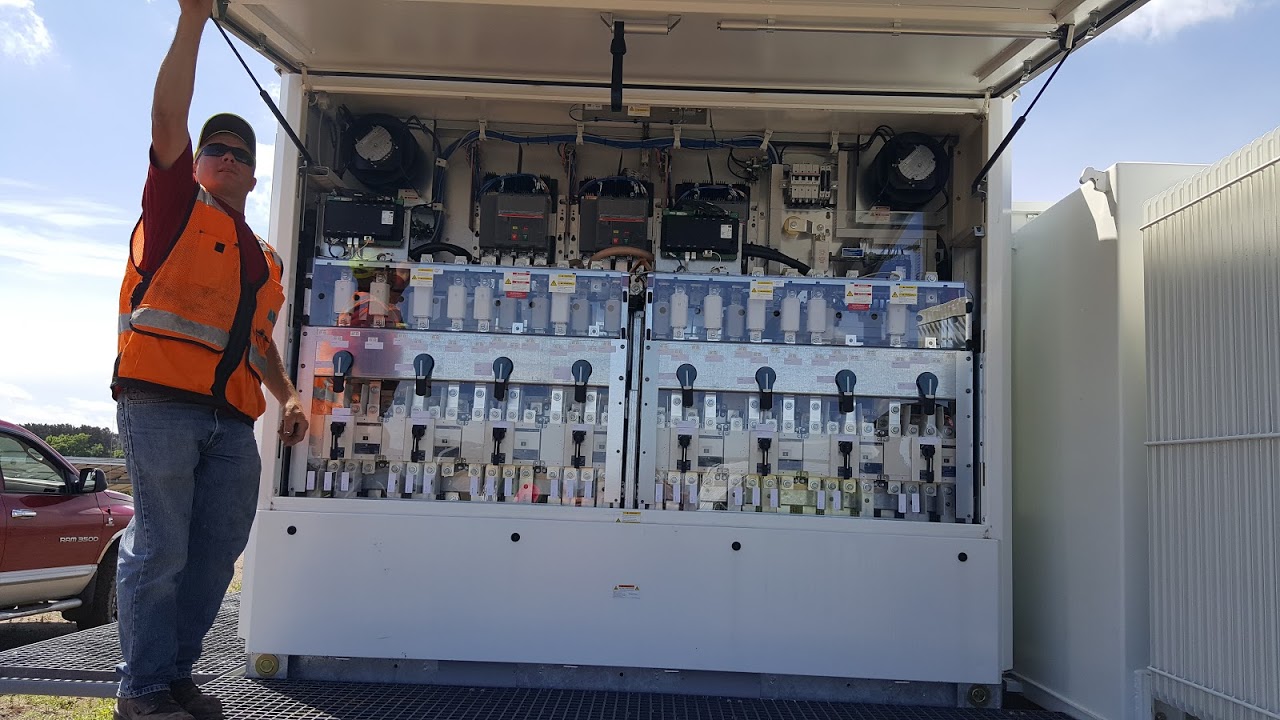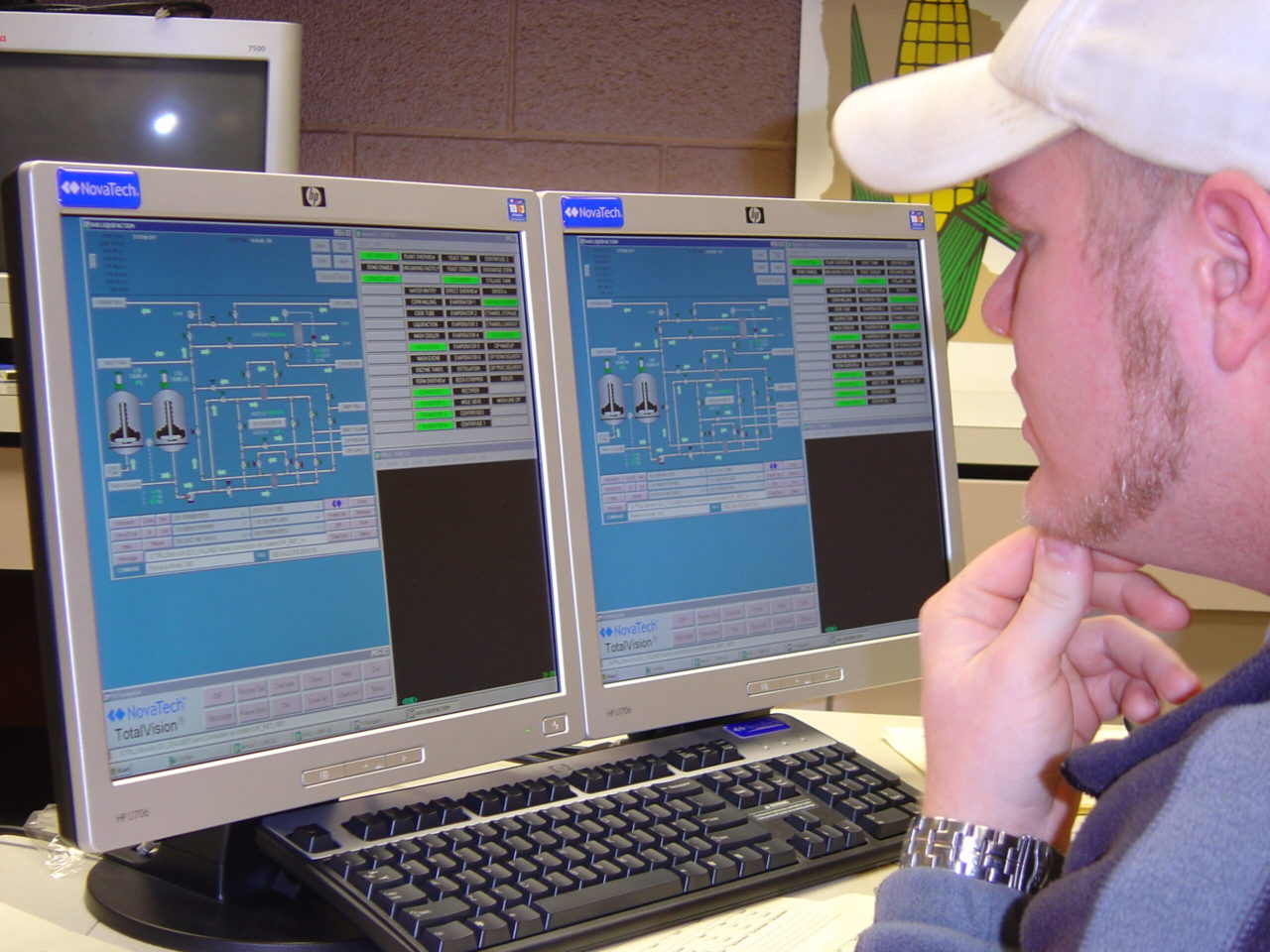
MINNESOTA SOLAR ENERGY INDUSTRIES ASSOCIATION
Funding for Minnesota Solar on Schools programs became law as part of the 2021 Commerce and Energy Omnibus bill passed during the June Special Session.
The energy costs for powering public school campuses is the second-highest cost for school districts in Minnesota, after payroll. The use of on-site solar to reduce energy costs will save district budgets—and potentially local property taxpayers—hundreds of thousands of dollars a year.
There will be two tracks to the Solar on Schools legislation: one for school districts within Xcel Energy’s territory, and one for schools outside it. The two tracks have each been appropriated $8 million for K-12 public school districts and $2.5 million for the Minnesota State Colleges and Universities system. The funding for the schools within Xcel Energy’s territory comes from the Renewable Development Account (RDA), which Xcel Energy pays into each year as compensation for storing nuclear energy casks on Prairie Island. The remaining funding comes from the General Fund.
At least 60% of the grant disbursements must be in low-income districts, which are defined here by having at least half of the students enrolled in free or reduced-lunch programs. The solar installation must be used as part of the educational curriculum, and the system’s production information must be made available by monitoring equipment across the school. These requirements will provide an excellent STEM learning opportunity, invigorate student interest in solar, and demonstrate to parents and the community the power of solar energy.
Xcel Energy is required to file a plan with the Public Utilities Commission for its Solar on Schools program by October 1st, 2021. We expect that it will look similar to Solar*Rewards, with a production-based-incentive for systems up to 1 MWAC.
The program for schools in non-Xcel Energy service territories will be administered by the Department of Commerce, and will come in the form of grants for projects up to 40 kWAC. MnSEIA will continue to monitor these programs at the PUC and the Department of Commerce to ensure they are implemented correctly and equitably.
All in all, we expect that the combined $21 million in funding will create between 200-400 Solar on Schools projects across Minnesota and a resulting 250-300 solar jobs. We’re very grateful for the bipartisan support this bill received and our members, partners, school and student allies, and many others who helped make this bill a reality!
Interested in powering a school with solar near you? The Clean Energy Resource Teams (CERTS) website has a helpful step-by-step guide for bringing solar to your school district along with fact sheets, interactive tools and maps, and more resources.



 Connect
Connect

You must be logged in to post a comment.